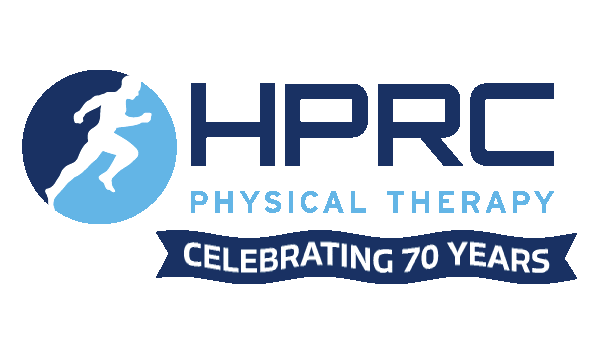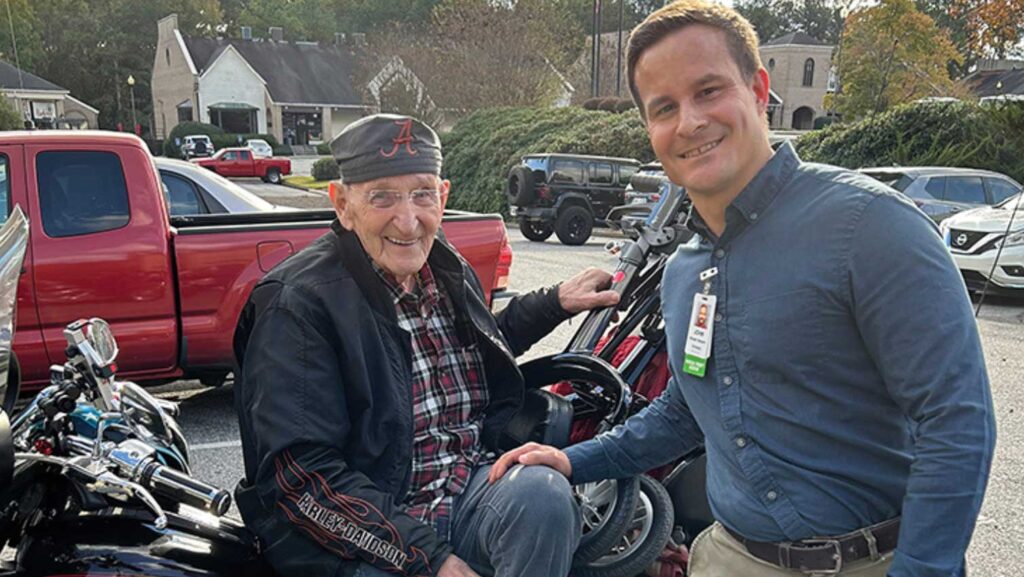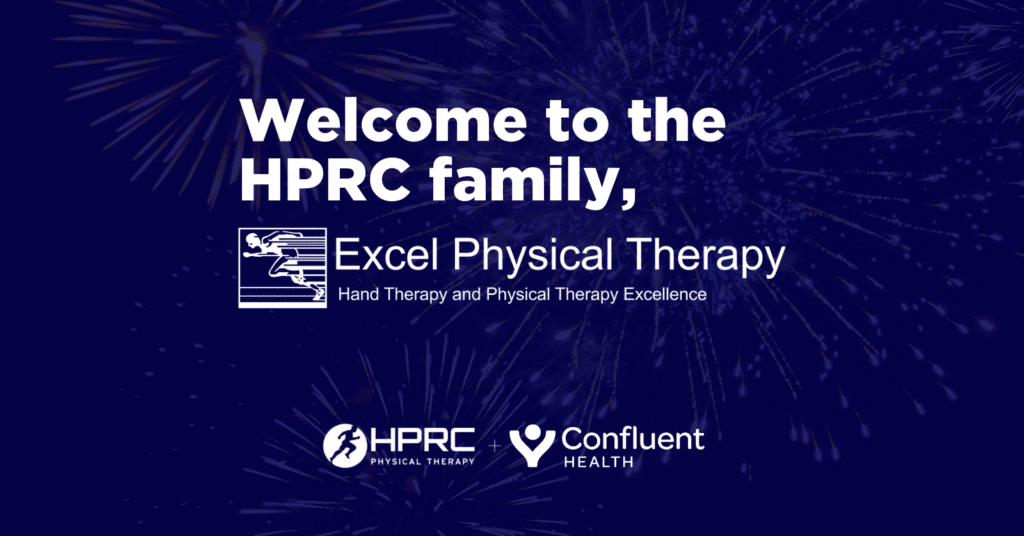Plain and simple, a stroke is an emergency. It’s important to recognize warning signs and know when to call for help. Surviving a stroke and minimizing its debilitating effects depends on how fast a patient receives treatment.
In recent decades, our society has become more aware of the warning signs of a heart attack, and this knowledge has saved lives. But we also need to know how to spot signs of a stroke, which we should think of as a “brain attack.”
Stroke is the No. 4 leading cause of death in the United States and a leading cause of severe long-term disability. The Centers for Disease Control and Prevention has labeled the majority of the southeastern U.S. states the Stroke Belt because of our higher rates of stroke incidence and mortality. Contributing factors include the region’s higher rates of uncontrolled blood pressure, smoking, diabetes, obesity, high fat diets and poor activity levels. Strokes affect African Americans at a higher rate than Caucasian.
If you or a loved one is having a stroke, acting F.A.S.T. is key. According to the American Stroke Association, patients who take a thrombolytic or clot-busting drug within the first three hours of their first symptom can reduce long-term disability from ischemic stroke, which accounts for about 87% of stroke cases.
To recognize the signs, think F.A.S.T.
F.A.S.T. stands for:
- Face drooping. Sudden numbness or weakness of the face, especially on one side of the body, is a key sign that something is wrong.
- Arm weakness. Sudden numbness or weakness of the arm or leg, especially on one side of the body, is also a sign.
- Speech difficulty. Sudden confusion with speaking or understanding.
- Time to call 9-1-1. Acting quickly has the potential to save lives and ensure a better recovery.
Symptoms can also include sudden trouble seeing or blurred vision in one or both eyes; trouble walking, dizziness or a loss of balance or coordination, or a sudden severe headache with no known cause. Any one of these can signal that is stroke is happening.
It’s important to try to document a patient’s last known well time so that first responders can pinpoint exactly when the stroke occurred. This critical piece of information will influence how the patient is treated and can greatly improve long-term outcomes.
Links
https://www.cdc.gov/dhdsp/maps/national_maps/stroke_all.htm
https://www.strokeassociation.org/STROKEORG/?gclid=CIj5l46M8c0CFQcMaQod5hUA3w



